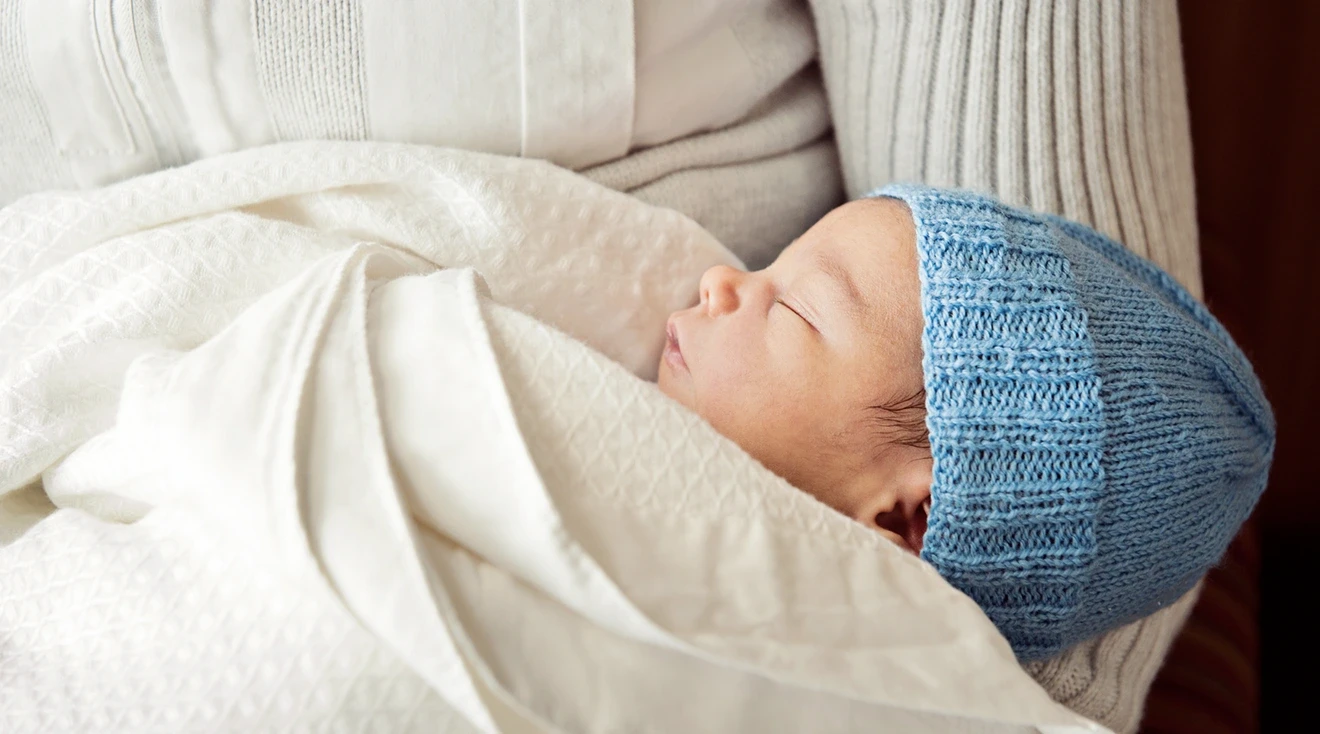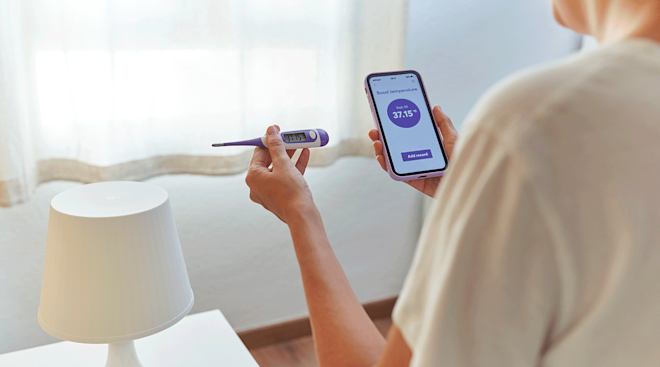Is the Shettles Method Legit?
Whether you’re looking to become a parent for the first time or want to add to your existing brood, you might have a preference for either a girl or a boy. As long as you’re ready to deal with potential “gender disappointment”, it’s completely normal to hope for a specific outcome. It’s important to note that there’s no mainstream, tried-and-true way to influence the sex of baby before or during conception—although there are plenty of methods that promise to increase your odds of having either a girl or a boy. One of the most popular ones is the Shettles method. While experts say the Shettles method isn’t scientifically accurate, plenty of couples swear by it. Want to give it a whirl? Read on for everything you need to know.
The Shettles method says that when you have sexual intercourse in relation to ovulation, as well as the sex position and even the timing of orgasm, can help increase your odds of having either a girl or a boy. It’s named after its creator, Landrum Shettles, MD, PhD, late ob-gyn, IVF specialist and author of How to Choose the Sex of Your Baby, who developed the theory in the 1960s.
“It’s important to note that the Shettles method has been met with mixed reviews,” notes Meleen Chuang, MD, a clinical associate professor of obstetrics and gynecology at the NYU Grossman School of Medicine and medical director at the NYU Langone Family Health Center. “Some studies found weak or not conclusive evidence supporting the method. Other studies reported no difference in sex ratios of babies conceived using this method compared to [the] general population.”
Whether a baby is a boy or a girl is determined by chromosomes, explains Emelia Bachman, MD, FACOG, a reproductive endocrinologist at the Delaware Institute for Reproductive Medicine. People who are biologically female are born with two X chromosomes, and people who are biologically male are born with an X chromosome and a Y chromosome, she says.
It all comes down to which sperm makes the baby. “If the sperm carrying the X chromosome fertilizes the egg, the resulting combination of XX will develop into a [biologically] female baby,” says Chuang. “If the sperm carrying the Y chromosome fertilizes the egg, the combination XY will result [in] a [biologically] male baby.”
In his book, Shettles claims that his method has a 75 percent chance of success. But experts have their doubts.
“We don’t think that timing of intercourse, position, timing of orgasm or douching will determine the sex of the baby,” says Bachman. (Douching is another recommendation Shettles makes.) “There are studies that have looked at this and demonstrated there is no difference. Also, we don’t recommend douching, as it can disrupt the normal pH of the vagina and can lead to increased infections.”
Nina Resetkova, MD, a reproductive endocrinologist at Boston IVF, says that influencing a baby’s sex is “difficult, if not impossible.”
Bachman and Resetkova both say that the only close-to-accurate way to select baby’s sex is through preimplantation genetic diagnosis, which is sometimes performed as part of an in vitro fertilization (IVF) cycle. “This is a treatment where the eggs are fertilized with sperm in the laboratory and embryos are created,” says Bachman. “The embryos can then be biopsied and tested for their chromosomes. This is considered about 98 to 99 percent accurate. More important than the sex, we can know which embryos are most likely to lead to a healthy pregnancy.”
According to the Shettles method, you should have sex as close to ovulation as possible if you want to have a boy—ideally on the day of ovulation, and during the following two to three days. You should avoid having sex from the beginning of your menstrual cycle until the day of ovulation. The method also recommends choosing sex positions with deep penetration to help the more delicate Y sperm reach the egg. Additionally, the woman is encouraged to orgasm first as it’ll encourage an alkaline environment, which is supposedly better for producing a male fetus.
“Mainstream belief is that sperm with Y chromosomes tend to swim faster than sperm carrying the X chromosome,” Chuang says. “This has pretty much been debunked because the difference in speed between the two types of sperm is relatively small and may not significantly impact the likelihood of conceiving a male or female baby.”
You should have sex during the time between the end of your period and at least three days before ovulation if you want to have a girl, according to the Shettles method. You should also avoid having sex two to three days before ovulation. This, the theory goes, will cause the Y sperm to die off first and leave the X sperm behind. The method also recommends that the woman avoid orgasming—at least until the sperm has been ejaculated—to conceive a girl to avoid making the environment more alkaline.
Doctors stress that there’s no modern science supporting using the Shettles method to conceive a baby with your preferred sex. However, Chuang points out that the Shettles method—along with a lot of the other hacks out there—is pretty harmless. As long as you’re not too invested in it, you might as well try it. “While none of these methods are scientifically proven, it’s important to approach family planning with an open mind and consult with a medical [professional] or fertility specialist for accurate information and guidance,” she says.
Please note: The Bump and the materials and information it contains are not intended to, and do not constitute, medical or other health advice or diagnosis and should not be used as such. You should always consult with a qualified physician or health professional about your specific circumstances.
Plus, more from The Bump:
Emelia Bachman, MD, FACOG, is a reproductive endocrinologist at the Delaware Institute for Reproductive Medicine. She earned her medical degree from the Weill Cornell Medical College at Cornell University in New York City.
Meleen Chuang, MD, is a clinical associate professor of obstetrics and gynecology at the NYU Grossman School of Medicine and medical director at the NYU Langone Family Health Center. She earned her medical degree from Stony Brook University School of Medicine in Stony Brook, New York.
Nina Resetkova, MD, MBA, is a reproductive endocrinologist at Boston IVF who specializes in all aspects of fertility care. She earned her medical degree at the Texas Tech University Health Sciences Center.
American Journal of Obstetrics and Gynecology, Natural Family Planning and Sex Selection: Fact or Fiction?, December 1991
Journal of Assisted Reproduction and Genetics, Sex Selection for Non-Medical Indications: A Survey of Current Pre-Implantation Genetic Screening Practices Among U.S. ART Clinics, October 2017
The Embryo Project Encyclopedia, The Shettles Method of Sex Selection, April 2019
Navigate forward to interact with the calendar and select a date. Press the question mark key to get the keyboard shortcuts for changing dates.




















































